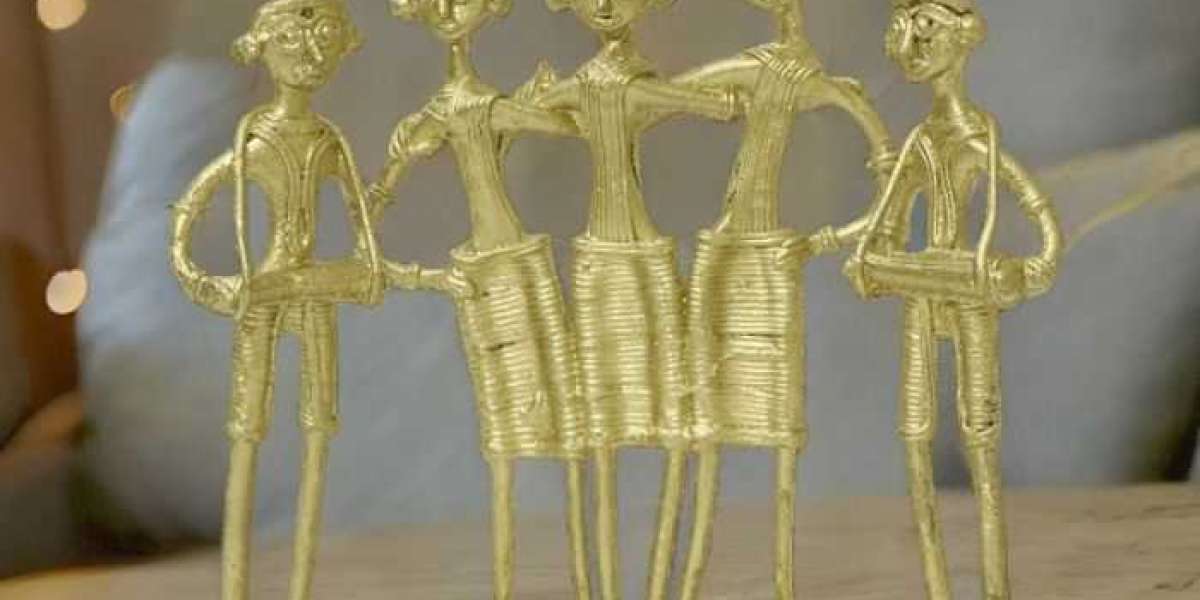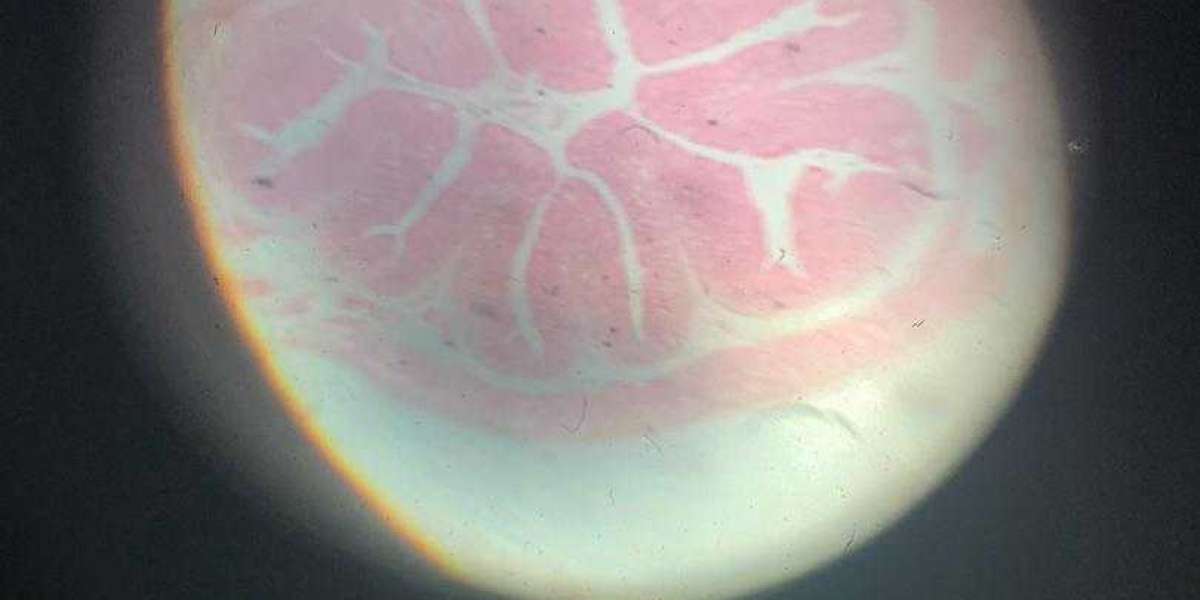Introduction
Dhokra metal casting, an ancient Indian art form, has captivated art enthusiasts and collectors worldwide with its rustic charm and intricate craftsmanship. This traditional technique, also known as lost-wax casting, has been passed down through generations, preserving a rich cultural heritage. In this blog, we'll delve into the fascinating world of Dhokra metal casting, exploring its history, the intricate process, and its contemporary significance.
A Glimpse into History
Origin and Heritage
Dhokra metal casting has its roots in the tribal communities of India, with its origins dating back over 4,000 years. The name "Dhokra" is derived from the Dhokra Damar tribes of West Bengal, who have been practicing this art for centuries. It is also prevalent in states like Chhattisgarh, Odisha, and Jharkhand, each region infusing its unique flair into the craft.
Artistry Through the Ages
The art of Dhokra casting was initially used to create sacred idols and adornments for tribal rituals. Over time, it evolved to depict various aspects of rural life, flora, and fauna. The artisans, often referred to as "Dhokra Damar," meticulously handcraft each piece, adding a touch of nostalgia to every creation.
The Intricate Process
Dhokra Casting Steps
Model Creation: Artisans start by sculpting the desired design with beeswax or clay. This serves as the model for the final piece.
Clay Molding: A layer of clay is applied to the wax/clay model, creating a mold. The outer layer hardens, forming a hollow cavity between the clay and the model.
Wax Removal: Heat is applied to the mold, melting the wax away and leaving a hollow cavity in the shape of the model. Hence, the name "lost-wax casting."
Metal Casting: Molten brass or other metals are poured into the cavity, taking the shape of the original model.
Cooling and Finishing: The metal is allowed to cool, and the clay mold is broken to reveal the Dhokra metal casting. Artisans then polish and add intricate detailing by hand.
Contemporary Significance
Dhokra in Modern Art
Dhokra metal casting has transcended its tribal origins and has found a place in contemporary art and interior decor. Its rustic, tribal aesthetic blends seamlessly with modern and minimalist designs. Dhokra artifacts, from sculptures to jewelry, are cherished for their uniqueness and cultural significance.
Empowering Rural Artisans
This art form plays a crucial role in empowering rural artisans, offering them a sustainable livelihood. Non-governmental organizations and cooperatives often collaborate with these artisans to promote and market their creations, ensuring a fair income for their craftsmanship.
Conclusion
Dhokra metal casting is not just an art form; it's a testament to the rich cultural tapestry of India. Its timeless beauty and intricate craftsmanship have not only survived for millennia but continue to evolve and find new admirers in the modern world. From humble beginnings in tribal rituals to adorning the homes of art connoisseurs, Dhokra casting is a living legacy that reminds us of the enduring allure of tradition and artistry.
So, the next time you come across a Dhokra artifact, you'll not only see a piece of metal but a piece of history, culture, and the skillful hands that crafted it.

/media/compressed1693998268742.jpg)
/media/compressed1693302360203.jpg)







